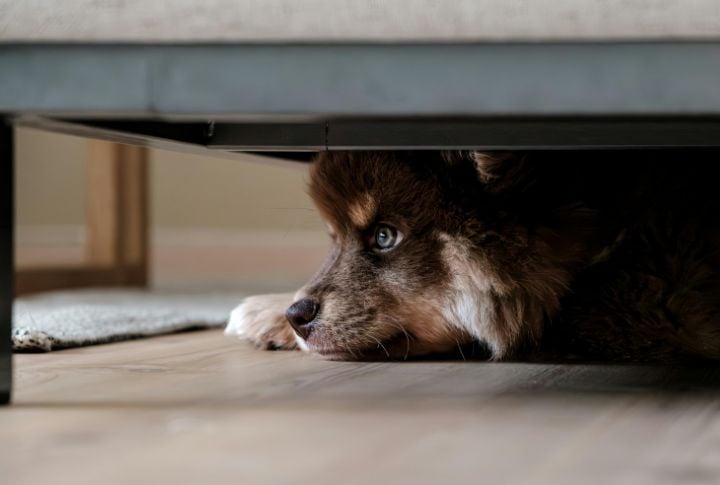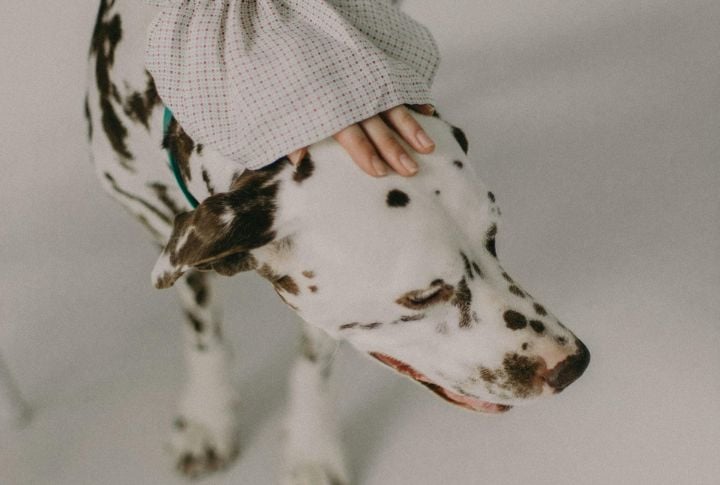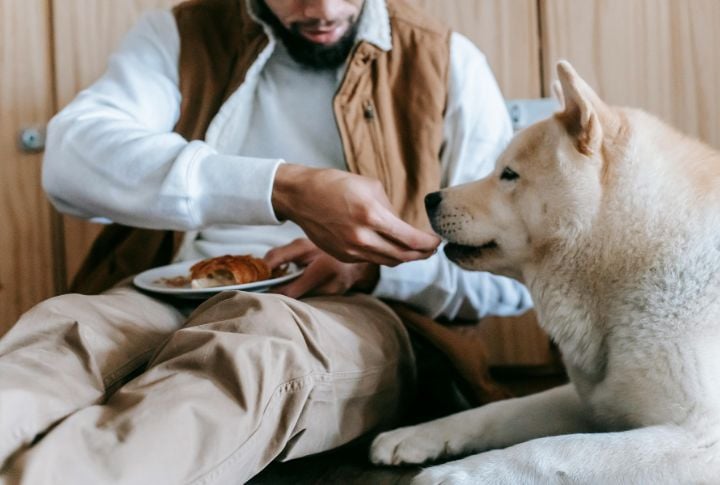15 Red Flags That Reveal Your Dog Is Not As Happy As You Think

You assume your dog’s doing great—they have been given every creature comfort, to which you get the occasional tail wag. But what if those little habits are hiding something deeper? Dogs can’t explain what’s wrong, but their behavior can. If you’ve missed the signs before, don’t worry. You’re about to learn the ones that really matter.
Avoids Eye Contact

Ever noticed your pet dodging your eyes when you speak? That’s not just shyness; it’s a subtle sign of discomfort. Dogs typically seek connection through gaze. When they avoid it, they’re telling you something’s off. So, don’t ignore those sidelong glances.
Sleeps More Than Usual

Sleeping beyond 12–14 hours daily may indicate more than physical fatigue, as it can also mirror depression or disengagement. Unlike aging-related drowsiness, emotional shutdowns often occur in response to household stress or loss. Track their sleeping patterns. A behavioral shift deserves immediate attention.
Stops Responding To Commands

“Buddy, come!” Silence. Again? If your well-trained pet suddenly stops listening, it’s not being stubborn; there is a disconnect. They withdraw when they don’t feel seen or encouraged. You’d probably pull away, too, if the world around you stopped feeling fun.
Exhibits Destructive Behavior Without Reason

Torn cushions and chewed shoes aren’t always boredom; they can reflect frustration or unresolved emotional energy. Dogs thrive on stimulation. When ignored or stressed, they lash out at objects. Instead of punishing, redirect their focus and reassess their daily needs.
No Longer Gets Excited About Treats

If a treat is dropped and your dog barely sniffs at it, sound the behavioral alarm. Canine joy is typically treat-fueled, so apathy toward once-loved activities could scream sadness. You wouldn’t skip dessert unless your mood was completely toast, would you?
Pants Or Paces Even In Calm Situations

No heat. No play. Still panting? There’s your cue. When pacing joins in, it’s stress on display. Loud signals are not required to spot unease. In quiet moments, tension often hides where everything else seems calm.
Keeps Hiding In Unusual Spots

Pulling away may be a sign of buried fear or past trauma. A pup curled up in closets or corners? They’re guarding something deeper, not doing it for fun. Watch closely. Isolation doesn’t show up out of nowhere, and it rarely leaves if it is not addressed.
Whimpers Without Any Physical Cause

You hear it, the soft whimpering. Nothing’s wrong, food’s untouched, and everyone’s chill. Feels over-the-top? It might be. Canines can be emotional, and that sound isn’t random. When they whine without cause, it’s generally something that is upsetting them, and they want someone to notice.
Loses Interest In Playtime

Bouncy balls and squeaky toys gathering dust may be your pet’s way of saying, “Not today.” Happy dogs stay curious and playful. A lack of interest may indicate fading enthusiasm. You need to reignite that spark with fresh games or a well-timed toy surprise.
Shows Aggression Toward Familiar People

Aggression isn’t always about dominance; it can be a symptom of inner turmoil. If your pet suddenly snaps at someone they’ve loved for years, they’re not turning mean. They’re overwhelmed. Wouldn’t you lash out, too, if no one understood your pain?
Flinches At Gentle Touch

A flinch instead of a tail wag signals more than mood. It often traces back to discomfort or past trauma. Dogs pull away when the world feels off. When that happens, your soft words and patience help them rediscover comfort.
Licks Their Paws Excessively

What starts as grooming can evolve into a coping mechanism. Dogs lick to soothe themselves, especially when stressed, bored, or anxious. If it feels constant, it’s more than a habit. Repeated action becomes a way to manage emotions instinctively.
Stops Eating Or Eats Way Too Much

Changes in eating habits lasting over two days can signal something deeper. Eating more might be for comfort, but eating less often means withdrawal. Pay attention to patterns. A quick checkup can rule out illness and point toward underlying stress or a shift in mental state.
Tail Is Always Held Low

Start watching the tail position, not just wagging. If it’s hanging low or curled beneath the body, especially alongside a slumped posture or pinned ears, your furry friend might be anxious. If this happens in multiple settings, it could signal ongoing emotional stress.
Develops New Bathroom Accidents

Uh-oh—another puddle on the rug? Don’t rush to blame. A shift in home energy, like tension or big changes, can rattle your pet’s routine. Peeing on the floor is often anxiety seeping out in the most inconvenient way.






